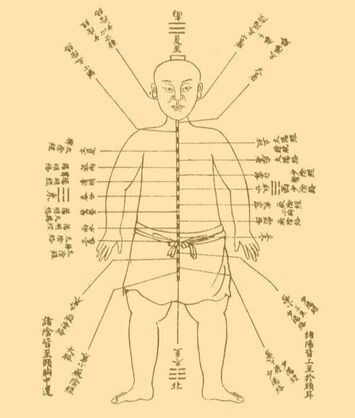Chinese Medicine
Ancient Art and Science
What is Chinese Medicine?
Chinese medicine is an ancient art based on thousands of years of study and practice. One of the oldest surviving texts Yellow Emperor's Canon of Internal Medicine, or the Huang Di Nei Jing, dates back to about 2,500 B.C. While the actual written text is only dated back to 1,000 B.C., it is thought that it represents an older verbal tradition. A Chinese medicine practitioner is trained in the art and science of acupuncture, moxibustion, herbal medicine, dietetics and tui na (a type of bodywork).
Much of Chinese medicine theory is based on Daoism. Daoism is a philosophy that emphasizes living in harmony with nature. It advocates following simple practices like eating whole, simple foods, moderation in all things, and getting adequate rest, and a balance of movement and stillness to maintain a healthy and contented life. It is understood in Chinese medicine that health is not simply the absence of disease, but rather living in optimal balance and resilience. It is truly a holistic medicine that incorporates not just body, mind and spirit, but also our environment and the balance of the internal and external worlds.
Much of Chinese medicine theory is based on Daoism. Daoism is a philosophy that emphasizes living in harmony with nature. It advocates following simple practices like eating whole, simple foods, moderation in all things, and getting adequate rest, and a balance of movement and stillness to maintain a healthy and contented life. It is understood in Chinese medicine that health is not simply the absence of disease, but rather living in optimal balance and resilience. It is truly a holistic medicine that incorporates not just body, mind and spirit, but also our environment and the balance of the internal and external worlds.
